Hafnium Oxide with Calcium Oxide Sputtering Target Description
Hafnium is a lustrous, silvery gray, tetravalent transition metal, hafnium chemically resembles zirconium and is found in many zirconium minerals. Its existence was predicted by Dmitri Mendeleev in 1869, though it was not identified until 1923, by Coster and Hevesy, making it the last stable element to be discovered. Hafnium is named after Hafnia, the Latin name for Copenhagen, where it was discovered.
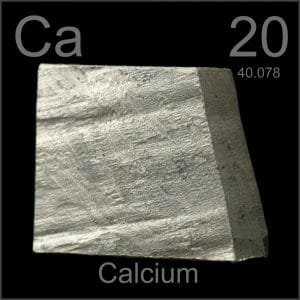 Calcium is a chemical element that originated from the Latin ‘calx’ meaning lime. It was first mentioned in 1808 and observed by H. Davy. The isolation was later accomplished and announced by H. Davy. “Ca” is the canonical chemical symbol of calcium. Its atomic number in the periodic table of elements is 20 with location at Period 4 and Group 2, belonging to the s-block. The relative atomic mass of calcium is 40.078(4) Dalton, the number in the brackets indicating the uncertainty.
Calcium is a chemical element that originated from the Latin ‘calx’ meaning lime. It was first mentioned in 1808 and observed by H. Davy. The isolation was later accomplished and announced by H. Davy. “Ca” is the canonical chemical symbol of calcium. Its atomic number in the periodic table of elements is 20 with location at Period 4 and Group 2, belonging to the s-block. The relative atomic mass of calcium is 40.078(4) Dalton, the number in the brackets indicating the uncertainty.
Related Product: Hafnium Sputtering Target, Calcium Sputtering Target.
Hafnium Oxide with Calcium Oxide Sputtering Target Specifications
| Material Type | Hafnium Oxide with Calcium Oxide |
| Symbol | HfO2/CaO |
| Color/Appearance | Solid |
| Melting Point | / |
| Density | / |
| Available Sizes | Dia.: 2.0″, 3.0″, 4.0″, 5.0″, 6.0″ Thick: 0.125″, 0.250″ |
We also offer other customized shapes and sizes of the sputtering targets; please Contact Us for more information.
Hafnium Oxide with Calcium Oxide Sputtering Target Applications
Semiconductor Devices: Used to deposit hafnium oxide films, which act as high-k dielectrics in advanced semiconductor devices, enhancing performance and enabling miniaturization.
Memory Devices: Essential in the production of non-volatile memory devices like Ferroelectric RAM (FeRAM) and Phase-Change Memory (PCM), improving data retention and reliability.
Optical Coatings: Applied in high-performance anti-reflective coatings for lenses, optical filters, and precision optics, reducing reflection and improving light transmission.
Ferroelectric Materials: Utilized in electronic components such as capacitors and sensors due to their high dielectric constant and ferroelectric properties.
Gas Sensors: Hafnium oxide-based films are used for detecting and monitoring gases in industrial and environmental applications.
Energy Storage: Explored for use in supercapacitors and batteries, offering high energy density and charge storage capabilities.
Thin-Film Transistors (TFTs): Employed in the fabrication of TFTs, critical for flat-panel displays, including LCDs and OLEDs.
Nanotechnology: Used in nanoscale applications like nanowire fabrication and the development of novel nanoelectronic devices.
Hafnium Oxide with Calcium Oxide Sputtering Target Packing
Our Hafnium Oxide with Calcium Oxide Sputtering Targets are clearly tagged and labeled for efficient identification and quality control. We take great care to prevent any damage during storage or transportation.

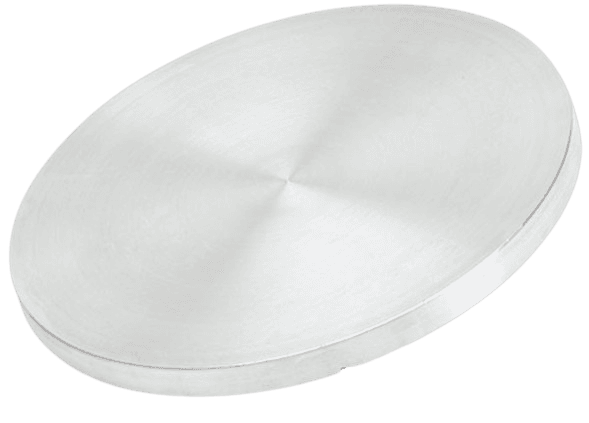
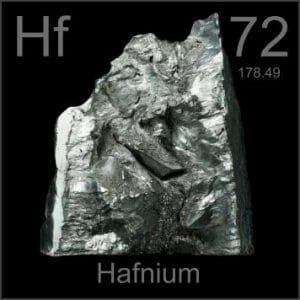
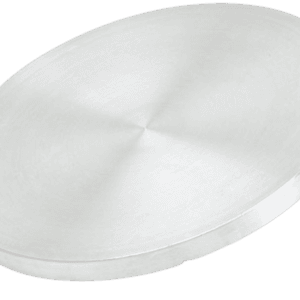
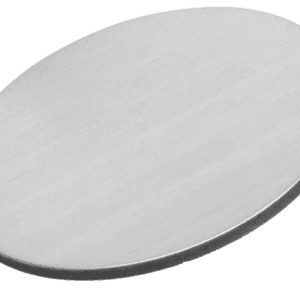
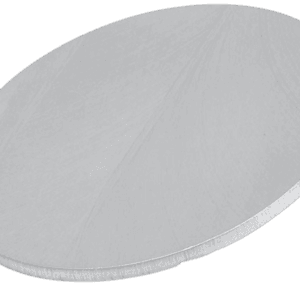
Reviews
There are no reviews yet.